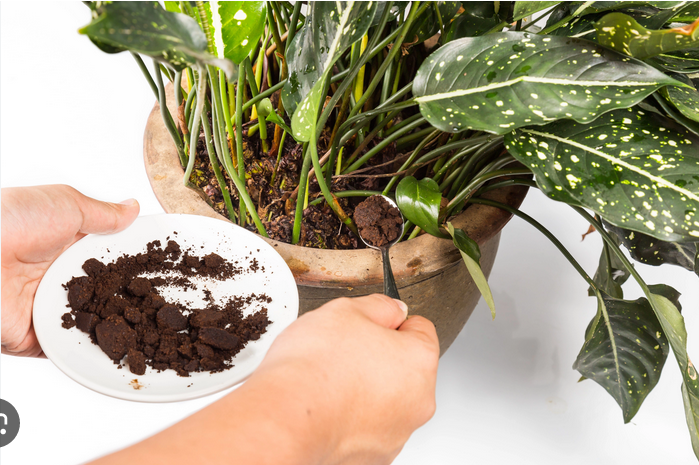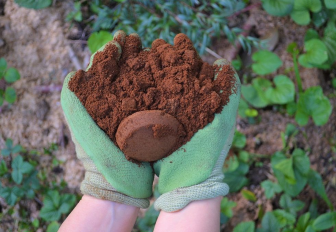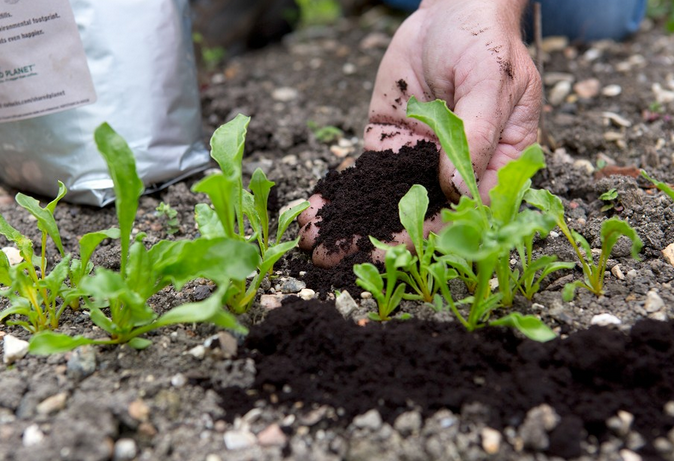Every day, millions of cups of coffee are consumed, leaving behind a significant amount of used grounds. Instead of discarding them, recycling these grounds can contribute to environmental conservation. They can enrich gardens, serve as a natural pest repellent, and even find their way into various household uses. The practice not only reduces waste but also turns a simple by-product into a valuable resource.
In this article you will learn all about recycling coffee grounds, from collecting methods to discarding and recycling. Read on to find out more.
The Environmental Impact of Coffee Grounds
The environmental implications of improperly disposed coffee grounds are often overlooked. When coffee grounds end up in landfills, they contribute to methane production, a potent greenhouse gas.
However, recycling coffee grounds can have a positive impact on the environment. It reduces landfill waste and the associated greenhouse gas emissions. Moreover, recycling coffee grounds can improve soil health and structure by reducing the need for chemical fertilizers and enhancing biodiversity in gardens. The simple act of recycling can be a small but significant step towards a more sustainable and environmentally conscious lifestyle.

Methods of Collecting Used Coffee Grounds
Collecting and storing used coffee grounds is straightforward and you can start by setting aside a container near your coffee machine. Anything will work, from a plastic container to a specially designated small tin. Ensure any container has a lid and is airtight to prevent mold growth.
If you’re not using the grounds immediately, spreading them out on a baking sheet to dry can help preserve them. For larger quantities of collecting to help the environment, consider reaching out to local coffee shops, many of which are often willing to give away their used grounds for free.
Coffee Grounds in Composting
Coffee grounds are a valuable addition to compost piles. They are considered “green” compost material, rich in nitrogen, which helps balance the carbon-rich “brown” materials like leaves and paper.
The balance is crucial for effective composting, as it ensures:
- Quick decomposition
- Prevents odor
When adding coffee grounds to your compost, it is important to mix them thoroughly with other compost materials. The integration helps in maintaining a healthy balance in your compost bin. For more detailed guidance on composting, check out Composting Basics.

Coffee Grounds as a Fertilizer
The nutritional benefits of coffee grounds for plants are significant. They are rich in nitrogen, potassium, and magnesium, essential elements for plant growth. To use coffee grounds as a fertilizer, simply sprinkle them around your plants or mix them into the soil.
They are particularly beneficial for acid-loving plants like
- Roses
- Camellias
- Azaleas
- Hydrangeas.
However, it is important to use them in moderation, as excessive amounts can lead to soil acidity imbalance.
Creative Uses in the Garden
In the garden, coffee grounds can be more than just fertilizer. They work effectively as a natural pest repellent, deterring slugs, snails, and ants with their abrasive texture and strong scent. Additionally, when used as a soil amendment, coffee grounds improve soil structure and aeration, benefiting overall plant health.
Their versatility in the garden showcases how a simple waste product can be transformed into a multipurpose gardening asset.

Household Uses of Coffee Grounds
Coffee grounds are a surprisingly versatile household item, offering a range of uses beyond the coffee pot. Their natural odor-absorbing properties make them excellent for neutralizing unpleasant smells.
By placing a bowl of dried grounds in your refrigerator, for instance, can help eliminate food odors. Similarly, by keeping a small container of grounds in your bathroom can maintain a fresh scent.
As a cleaning abrasive, coffee grounds are effective yet gentle. They can be used to scrub away stubborn food residue on pots and pans or to clean surfaces like countertops and sinks. The coarse texture of the grounds aids in removing grime without scratching surfaces, making them a natural alternative to harsh chemical cleaners, offering an eco-friendly cleaning solution.
Beauty and Health Benefits
In beauty and health, coffee grounds have found an important niche. Their exfoliating properties make them ideal for skin care and when mixed with a bit of coconut or olive oil, they can be used as a natural body scrub to remove dead skin cells, leaving the skin smooth and rejuvenated.
For hair care, massaging coffee grounds into the scalp can exfoliate and remove buildup from hair products, enhancing hair’s natural shine and health.
The caffeine in coffee grounds is also believed to stimulate blood flow, which can be beneficial for skin health and may aid in reducing the appearance of cellulite when used in homemade scrubs. For more on homemade beauty treatments using coffee grounds, explore DIY Beauty Recipes with Coffee.
You will never throw away coffee grounds after watching this resourceful video
Crafts and DIY Projects
Coffee grounds can be creatively repurposed for various crafts and DIY projects.
- One popular use is in making natural dyes. The rich, deep color of coffee grounds can be used to dye fabrics, paper, or even Easter eggs, offering an eco-friendly alternative to synthetic dyes.
- For those who enjoy candle making, incorporating coffee grounds into homemade candles can add a unique texture and aroma. These candles not only emit a subtle coffee scent but also make for charming, rustic home decor.
- Coffee grounds can be used in creating homemade soaps, providing a gentle exfoliating property and a warm, inviting scent.
These projects not only recycle used coffee grounds but also add a personal touch to everyday items.
Final Thoughts
Recycling used coffee grounds is an easy and effective way to contribute to environmental sustainability. From enriching your garden soil to enhancing your beauty routine, these grounds offer a plethora of uses that go beyond the coffee cup. By incorporating these practices into your daily life, you can reduce waste, save money, and take a step towards a more eco-friendly lifestyle. So next time you brew a pot of coffee, remember that the grounds can have a second life, offering benefits that are both practical and environmentally conscious.
FAQs
Can all types of coffee grounds be recycled? A: Yes, all coffee grounds, regardless of roast or blend, can be recycled.
Are there any plants that should not be given coffee grounds? While most plants benefit from coffee grounds, avoid using them on plants that prefer alkaline soils, like orchids and succulents.
Can I use coffee grounds to deter pests indoors? A: Yes, coffee grounds can help repel ants and other small insects indoors as well as outdoors in the garden.
How often should I add coffee grounds to my compost? Balance is key; add coffee grounds along with brown compost material regularly but in moderation.
Additional Resources
Sustainable coffee bean sourcing

Taylor – Barista and Product Tester at MyCoffeeBeanz.com
Taylor is a professional barista and our product tester here at MyCoffeeBeanz.com. She loves experimenting with different coffee brewing methods but her real passion within the coffee industry is helping promote sustainability and eco-friendliness wherever she can. Read more about Taylor her
